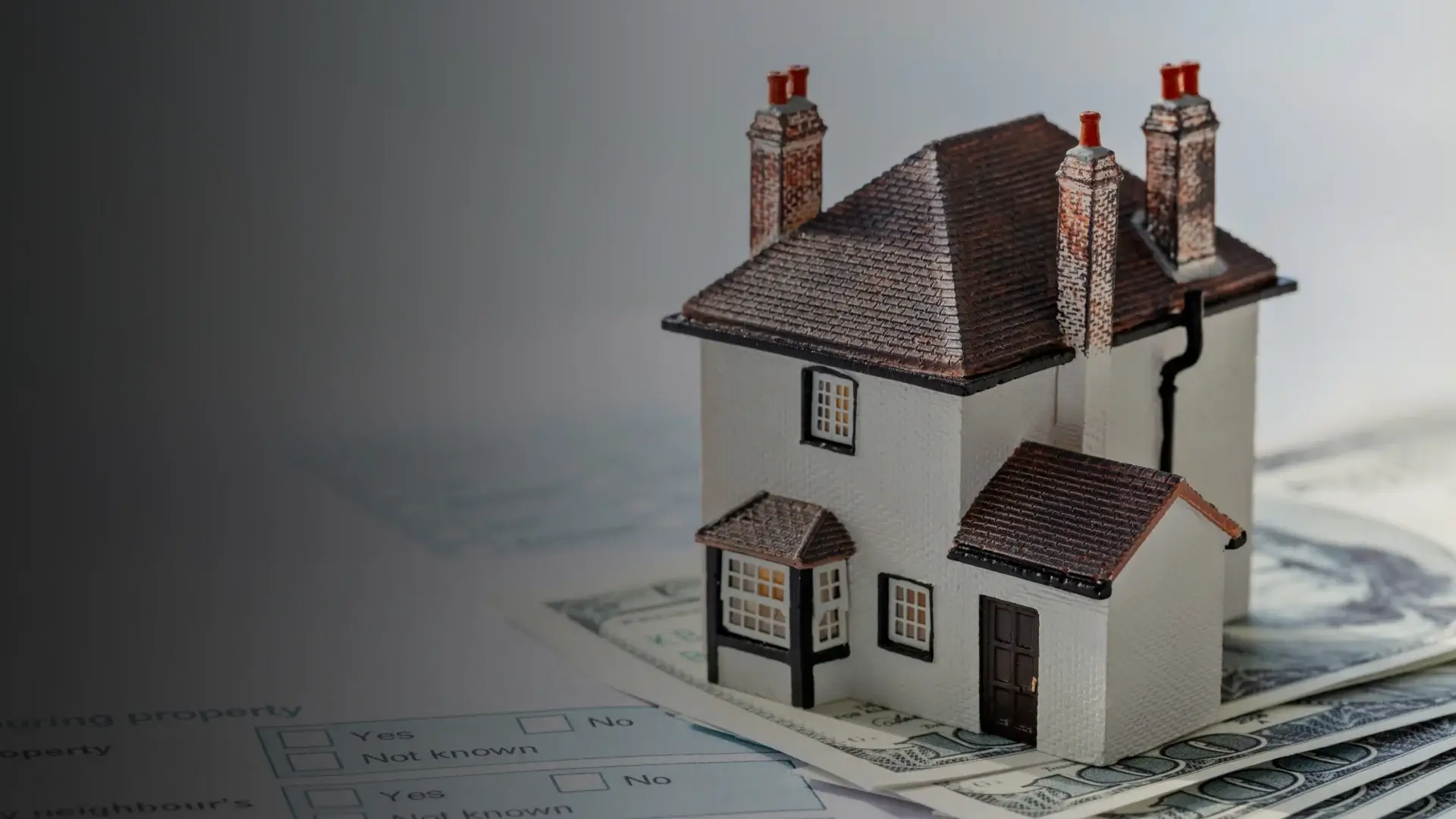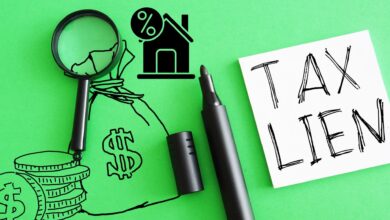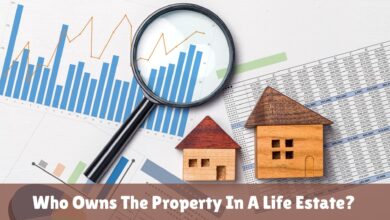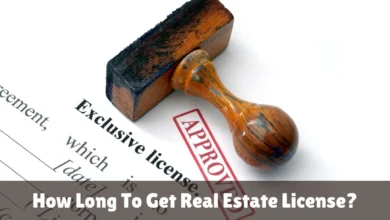
When it comes to property ownership, there are two main types: There are two types of commercial property that one can invest in these are Freehold and Leasehold. Freehold ownership is the kind where one owns the property and the piece of land on which the said property stands while leasehold is quite different. This article will give a focus on what really Leasehold property is and some features that is being attached to this property.
Understanding Leasehold Property
Therefore it implies the system of home ownership, whereby people acquire the right for the use of a house for sometime, as is determined by the term known as lease. In this case, you do not get the legal interest on the property rather you sign a contractual obligation with the Freeholder or the landlord in a leasehold whereas the Freeholder or the landlord is the owner of the property as well as the land on which the property stands.
Leasehold is mainly prevalent in the case of flats and apartments and some kinds of the houses particularly those houses that are situated in the development or estate. Many of them are divided where the particular premises are let under the several leaseholders and the external space is managed by one of the freeholder or landlord for the whole complex.
How Does a Leasehold Property Work?
If you have leasehold interest you are not buying the fee simple estate at the base, you are simply buying the right to use property for the term of the lease. you will have to pay the annual ground rent to the freeholder and on top of that has to pay charges for the common areas.
Key Features of Leasehold Property
Leasehold is an aspect that everyone who is normally involved in property purchase or seeking for a place to live in should understand fully. Purchasing or having a property on lease hold basis has its own features that one should be knowledgeable on as they try to make a decision on which one they want to pursue most. Here are some important aspects to keep in mind:
Lease Term
It is the period of time given to the client to use the house or building as it was agreed by signing the lease. This term can cover the minimum of 99 years to the maximum of 999 years. The characteristics of a lease agreement that you must take some time and read are the lease terms that relate to the property of your interest.
Ground Rent
Thus, the term ‘leaseholder’ simply means that, as a tenant, you have to cough out some certain amount of money to the landlord or freeholder which is commonly known as ground rent. This is the sum that the person occupying the property pays to the owner of the land where the property is situated periodically. Among the provisions of the lease, it is necessary to indicate the amount of ground rent and the time between its payments.
Service Charges
They are also on the other hand allowed to charge ground rent to the purchasers of a leasehold interest together with service charges sometimes. These amounts relate to the need that has to do with the management and maintenance of the facility and other communal areas/units in the development or estate under focus. These general services that have service charges attached to them are for instance building insurance, cleaning, gardening and general repairs and services.
Lease Extensions
When the lease term is near expiring the lessee may have the opportunity to renew the lease. This process normally entails extension negotiations with the free holder which may involve the payment of a lease extension premium. Taking a lease extension can therefore prove to be quite a challenge with legal technicalities that are why it is advisable to consult in this area of leasehold ownership.
Types of Leasehold Properties
Leasehold properties can be found in various forms, including:Leasehold properties can be found in various forms, including:
Flats or apartments:
The most commonly found leasehold properties are of this kind. This is another aspect of land modernization, and is possibly one of the highest impact, and best forms possible. Leasehold is when you own the apartment or flat but the freeholder owns the building and any pavements or divans. You will be required to pay some amount of money towards the costs for the building maintenance and some other non – tangible services such as a fitness station or a lawn.
Houses:
Leasehold houses generally tend to be less common but they are not impossible to find. You own a house but not the land on which the house exists since there is a freeholder. Bear in mind that even some of the leasehold houses may not allow extension or alteration of your house.
Commercial properties:
Leasehold commercial property includes office properties, retail shops or stores, and food joint properties. In business, one can purchase the lease as a way of occupying and utilizing it for a certain number of years. This kind of leasehold is also common in business establishments and the period may also differ from one contract to the other.
Retirement properties:
These are mostly intended for elderly people and sometimes include facilities such as lounges, gardens and even care facilities. Leaseholder properties of the retirement kinds are typically more supportive, and the freeholder or the managing agent supervises the maintenance and repairs works.
Similarly in each of these types, you are provided with the right to possession and use of the property for some time, but the owner of the property is the freeholder of the land or building. It is important that one understands basic terms of Leasehold thus be in a position to appreciate the lease.
Advantages and Disadvantages of Leasehold Property
Being a form of property ownership, just like anything else, leasehold has its strengths and weaknesses. Let’s take a closer look at both sides of the coin:Let’s take a closer look at both sides of the coin:
Advantages
1. Affordability:
Leasehold properties tend to be cheaper than freehold properties, mainly due to people occupying them being more confined to a particular area, and therefore, in a position to agree on a lower price.
2. Shared Responsibility:
The management responsibilities of a leasehold tend to be shared among leaseholders which means that the burden of maintenance and repair works as well falls among the leaseholders.
3. Amenities and Facilities:
Most leasehold schemes come with facilities for example; gym, gardens, and for instance more shared areas for occupants hence added features and utility for the people living in them.
Disadvantages
1. Leasehold Costs:
It is common for leaseholders to have to pay towards major works or renovation works carried out on the property or development as well as ground rent and service charges.
2. Lack of Control:
Leasehold interest suggests that some aspects concerning the property, for example, alteration of a building or even its change may not be undertaken without the permission of the freeholder.
3. Leasehold Restrictions:
Leasehold properties come with some specific agreements, for example, the agreement might not allow the tenant to keep a pet or sublet the property. These restrictions have to be understood from the rent agreement, so it’s advisable to go through it.
Leasehold Property Ownership Structure:
1. Freeholder:
Holds the legal title and provides the lease to the lessee. For exterior damages and wear and tear that affect the outside structure of the building, it will lie with the freeholder.
2. Leaseholder:
Acquire the license that allows occupying and utilising the property for a given period (frequently 99 or 125 years). They are made legally liable for internal repairs and maintenance of the property being let.
3. Managing Agent:
It is responsible for managing and maintaining the property on a daily basis and involves the collection of ground rent charges as well as service charges.
Leasehold Property Essentials
Buying Process
- Research: must possess certain rudimentary facts about the property and the lease so that one can easily appreciate the term of the lease, rate of ground rent besides other charges, which may be payable from time to time.
- Negotiate: To complete this step, bargain on the price of the item with the seller.
- Review and Sign: Lease Agreement form which is the document containing the clauses of the lease commonly known as the Execute Lease.
- Complete: well close the purchase and transfer the ownership.
Selling Process
- Determine Sale Price: Establish a reasonable and affordable price on the property since its value is based on market price.
- Market: Selling the property: To sell the property you are having you need to find people with interest in buying it.
- Find a Buyer: Once identify the sale obtain and guarantee a sale and negotiate the terms of the sale.
- Complete: This prepares the sale and transfers the ownership.
Maintenance and Repairs
- Freeholder: They charged with the tasks of doing repair work and maintenance of the outside facade of the building.
- Leaseholder: They will be solely responsible for internal repair and maintenance work of the property.
- Shared Maintenance Fees: Contribute to communal area maintenance and repairs
Alterations and Extensions
- Permission: In order to make any changes with the structure of a property, permission has to be sought from the freeholder.
- Additional Fees: In this case, it would be appropriate to negotiate on the payment of any additional expenses incurred in alterations or extensions.
Insurance
- Building Insurance: It is the construction and outer envelope of the property.
- Contents Insurance: It includes the personal property and internal fittings.
Ground Rent
- Annual Fee: Probably make an annual contribution to the freeholder but this could be subject to rise as time goes by.
- Review: Pay attention to the ground rent terms and conditions on a more frequent basis.
Extension and Renewal
- Extend: Extend the lease period in a bid to maintain ownership and this is because;
- Renew: Change in the property or the ownership then reflects some changes that have to be made on the lease agreement.
Disputes
- Disputes: Of these, negotiate or take legal action with the freeholder/managing agent to address conflicts.
- Seek Legal Advice: As to any leasehold property disputes one must always consult a professional on the matter.
By first knowing some points about leasehold property ownership, then, you are in a proper position to understand the course of buying, selling and owning leasehold property. In case of emergence of any disputes, entreat to get legal aid.
Conclusion
It provides a different type of tenure of property; you get a right to occupy in property and have the title deed in return for a fee for a given number of years. Even though leasehold ownership has some special features along with certain responsibilities and obligations, it is also quite popular among customers more due to the matter of financial aspects. It is pertinent to familiarize with the characteristics of and possible opportunities and risks linked to in order to make proper decisions concerning property sector.




